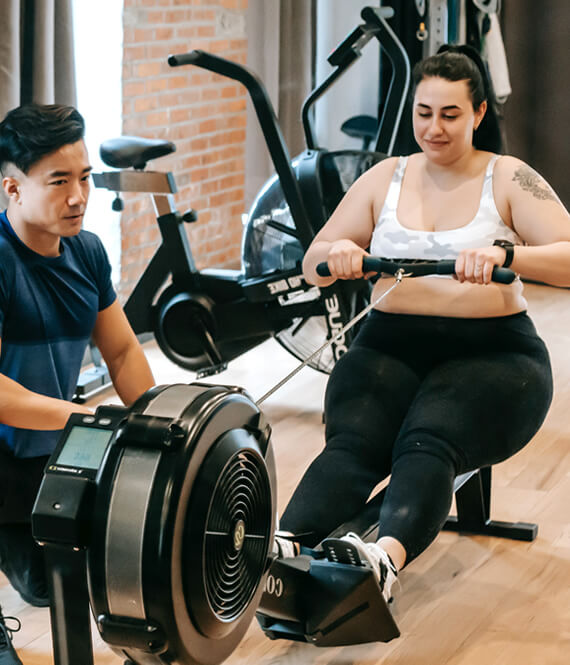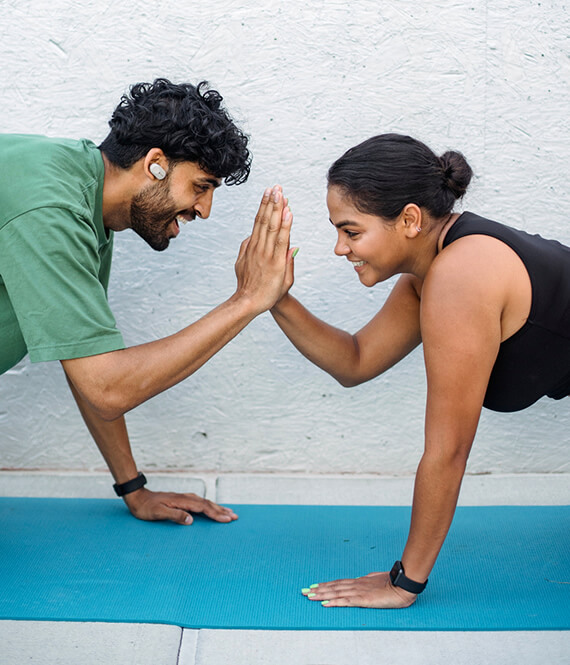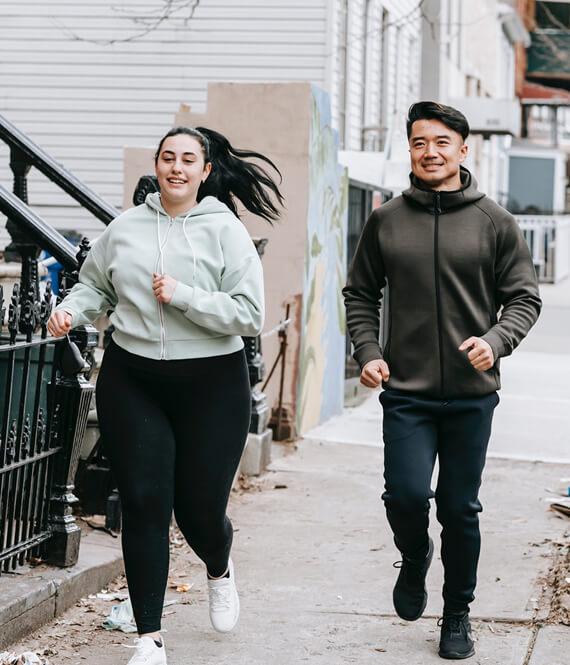
An Athlete’s Guide To Muscle Pain Management
We recommend helpful products in our articles. Read our full disclosure here. The content on this website is not intended to be a substitute for professional advice, diagnosis, or treatment.
Athletes rely on their muscles to provide optimum performance.
Whether dribbling a basketball, swinging a tennis racket, or sprinting down the field, muscles are what allow them to move with the desired intensity and control.
Flexibility, endurance, and strength training can help keep the muscles in good shape and provide better resistance to injuries.
However, despite their best efforts, most athletes experience muscle pain, which can be mild to utterly debilitating.
In this case, muscle pain management is a must to prevent further injuries and allow you to go back to your training in no time.
This article provides a guide on various proven methods that can help effectively manage muscle pain and say goodbye to soreness.
Read on!
Use Compression Garments
Most athletes wear compression garments—a super tight-fitting bicep compression sleeve, knee cap, clothing, and more.
Compression wear provides athletes with various performance and health benefits.
It gives balanced surface pressure to specific body parts, triggering the acceleration of blood flow and increasing the delivery of oxygen to the specific muscle groups.
This allows an athlete to work at a higher rate for longer periods.
Circulation improvements also help in faster recovery since it helps reduce lactic acid build-up.
The increased circulation also helps reduce muscle soreness and fatigue during and after training.
In terms of managing muscle pain, compression garments help exert external pressure on the specific body part to minimize delayed onset muscle soreness (DOMS).
It also helps reduce swelling, which reduces the body’s inflammatory response and pain sensation.
Take A Pain Medication
When athletes get injured, it’s often recommended to get OTC drugs to control pain and inflammation.
The most common over-the-counter (OTC) drugs for muscle pain are non-steroidal anti-inflammatory drugs (NSAIDs) like ibuprofen.
In most cases, ibuprofen should be enough to provide relief from common inflammatory pain and muscle stiffness.
Be cautious, however, in using NSAIDs.
Taking too much can cause kidney damage and high blood pressure.
If OTC drugs don’t offer relief or you have a grave muscle injury, your doctor may prescribe stronger medications, including morphine, Tramadol, and prescription NSAIDs such as celecoxib.
Always consult your doctor before taking any medications, even OTC drugs.
Try Cryotherapy
Cryotherapy, more commonly known as cold therapy, is a great way to help manage muscle pain, especially DOMS.
It’s one of the most commonly used treatments for acute sports injuries.
Additionally, doctors have long recommended using ice packs on painful and injured muscles.
Applying ice packs to the affected area can numb and override the pain signals to the brain by reducing swelling and constricting the blood vessels.
Once you remove the ice pack, blood circulation increases, which promotes faster healing of athletic and sports injuries.
There are various ways to apply cold therapy to the affected area.
These may include:
- Ice baths;
- Frozen gel packs or ice packs;
- Ice massage;
- Coolant sprays;
- Cold therapy chambers.
It’s essential to use cold therapy only for short periods, several times a day.
In general, 10-15 minutes of application should be fine.
Applying it more than that can cause damage to skin, tissue, and nerve ending.
Undergo Physical Therapy
Physical therapy is one of the most effective methods when recovering from a serious muscle injury.
Physical therapy helps in reducing your pain by slowly training your body to get stronger.
Also, it helps in boosting your mobility and flexibility while improving your overall well-being.
Typically, physical therapy involves several methods and techniques to strengthen and stretch your joints and muscles.
Depending on several factors, including your pain source and level of injury, physical therapy may include other methods such as low-impact aerobics training, electrical stimulation, red light therapy, and more.
Go For A Massage
When talking about massage therapy, most people picture the epitome of relaxation in the form of having to lie down on your stomach in a quiet, candle-lit spa room.
However, massage is not reserved only for those looking to get pampered. Studies show that massage therapy is actually an effective method to help improve the health of athletes while also helping in pain management caused by injury or overtraining and improving recovery.
In fact, there’s a form of massage technique known as sports massage geared specifically for athletes.
This massage technique considers the impact of certain activities on specific muscle groups, joints, ligaments, tendons, and soft tissue.
It mainly focuses on maximizing the benefit of certain massage techniques and fully supporting physical activity and exertion.
In terms of managing pain, massage therapy helps stimulate the affected area to reduce stiffness, increase flexibility and ease inflammation.
It also helps release tight muscles, allowing for better blood circulation and promoting healing.
In addition to these benefits, massage helps eliminate stress and induce relaxation.
Less stress and better relaxation help reduce your body’s sensitivity to pain while encouraging the natural production of pain-relieving hormones.
Rest
As an athlete, you probably push yourself to the limit.
While this can help advance your performance, it may also be problematic if you don’t get enough rest to recover.
When you train or work out, your muscle fibers get tiny tears, also known as micro-tears.
These tears are normal when pushing yourself.
However, you need to let them heal to prevent further injuries.
Thus, it’s crucial to get enough sleep and rest to recover.
The muscles heal themselves as you sleep.
So, aim for at least seven to nine hours of sleep.
In addition, if you overtrain one muscle group, try doing a different workout activity the other day to give your muscles a chance to recover.
You can also try active recovery.
For instance, if you’re a runner, you can try walking twice the distance of your usual run the first day or so after a competition.
This way, you can still train your muscles without overdoing them to give them a chance to heal.
Takeaway
Nothing frustrates an athlete more than muscle pain.
Pain can prevent or worse, stop them from doing routine training for a few days, weeks, or months.
Fortunately, there are a variety of methods you can do to manage muscle pain.
Whether you’re nursing a mild soreness from overtraining or healing from a muscle injury, the above strategies can effectively help manage and reduce pain levels so you can get back on your game in no time.
"We love to research problems, examine studies, analyze solutions, and share with you ideas that make life healthier. You can learn about us and our editorial standards here. Have suggestions or feedback to share? Send us a message!."













Leave a Comment